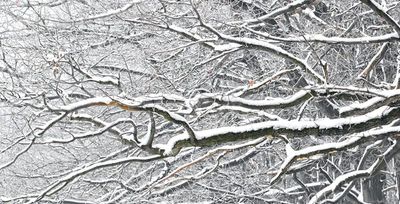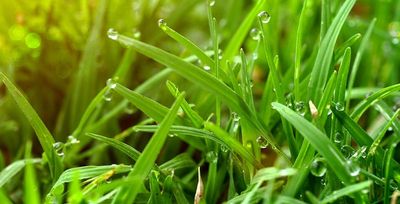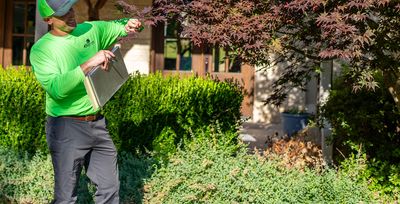How to Choose What Grass to Plant in Your Yard
A beautiful lawn is not maintained year after year without effort. Make sure you select the turfgrass that fits your specific needs. Before planting, consider answering these questions:

What type of environment limitations does your yard provide?
- The geographic location of Tulsa, Oklahoma (Transition Zone).
- Cool-season grass, warm-season grass, or blended?
- Sunlight? Full sun, partial sun (how many hours), no sun.
- Water? Irrigation system or garden hose sprinkler.
- Soil Conditions? Type, quality (poor/rich, compacted/loose).
- Terrain? Flat/sloped, holds water, fast watershed.
How much time, money, and maintenance are you willing to spend?
- High?
- Medium?
- Low
What are your personal needs?
- Appearance
- High traffic or wear tolerance
- Erosion control
- General lawn
- Basic activities
- Wintergreen lawn
- Fill in shaded areas
Pro tip: To be successful, choose a turf grass that will tolerate wide fluctuations in temperature and moisture.
The 3 types of grass in Oklahoma
Not many know that there are three main species of grass in Oklahoma. When it comes to selecting the grass you want in your yard, it's important to know the types of grass there are and how to maintain them.
Warm-season grasses
Warm-season grasses are ideal for southern climates. They need to get full sun and spread very quickly. They are tough and grow best in the heat of 80 to 95 degrees. Most are excellent against wilting from drought and do well at maintaining a green color. Warm-season grasses do not stay green all year; however, they do come back better and thicker each year. Established by seed, plugs, and sprigs, or sod.
Cool-season grasses
Cool-season grasses are primarily found in northern climates but are proven to be successful in eastern and northeastern Oklahoma. They need temperatures of 60 to 70 degrees to grow well. During the hot months of summer, they go dormant and limit turf grass success. This weakened condition causes grass loss, thinning, and weed intrusion. Cool-season grasses age out and die, and they need to be seeded once or twice every year to maintain a thick, lush lawn. In this area, cool-season grasses usually perform best with the proper mix of grasses. When selecting a cool-season grass, choose a blended variety that provides the maximum amount of pest resistance and environmental adaptability.
Rye-grass/Bermuda blend
When a fine-textured green lawn is desired, perennial rye-grass may be seeded over established Bermuda. Lasting October through April, it provides an inferior quality winter turf. However, be aware that some of the grass may remain in spring, causing it to become a weed. To remedy this, once late spring arrives, scalping the lawn will usually get rid of what remains.
Here is a chart that shows the adaptation and establishment of some turfgrasses in the Tulsa Area:

Still can't decide? Call the professionals at Nutri-Green!
Even with this information overload, it can still be hard to determine which grass is best for your yard. The lawn care professionals at Nutri-Green are here to help! Not only can we help you decide, we can even maintain the grass! With over 15 years of experience providing lawn care in the Tulsa area, you can trust us to make your lawn the most beautiful lawn in the neighborhood! Give us a call today, and an experienced lawn tech will be there in no time!

Testimonials



News, Blogs & Articles
Our Blog











